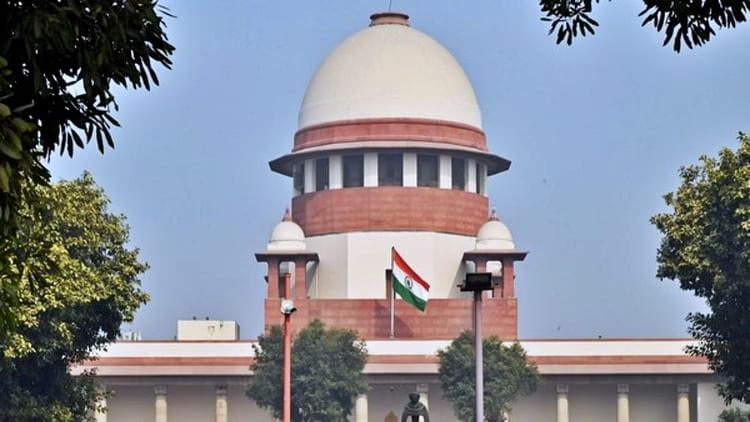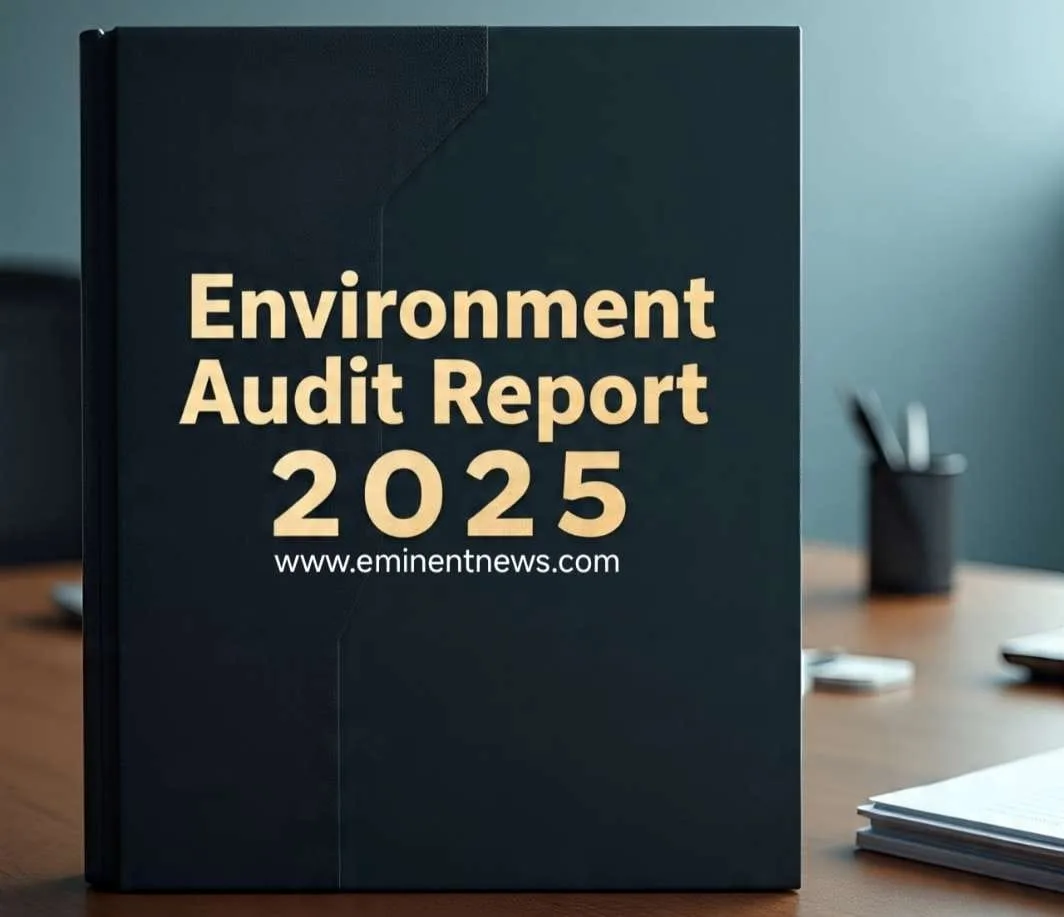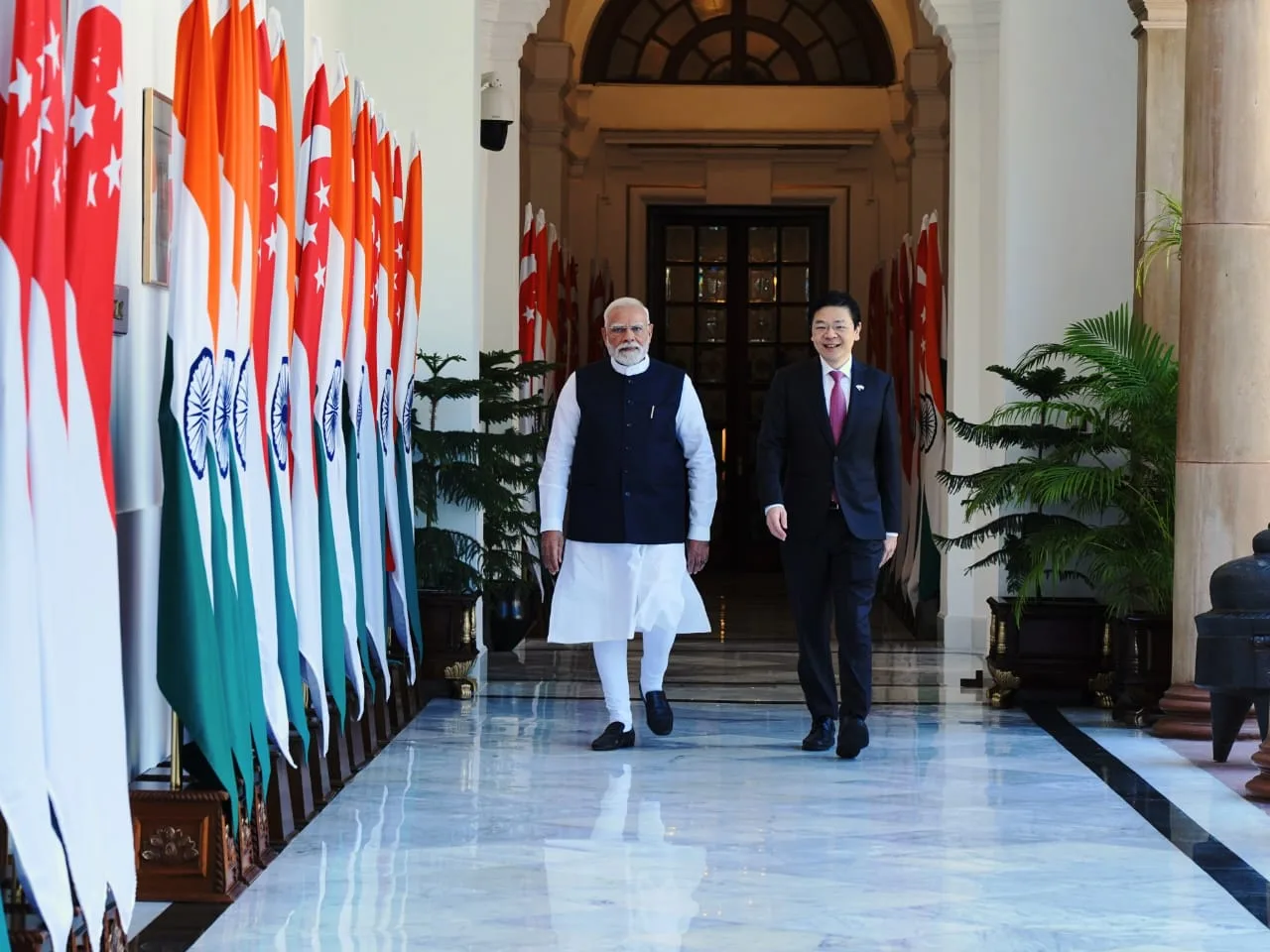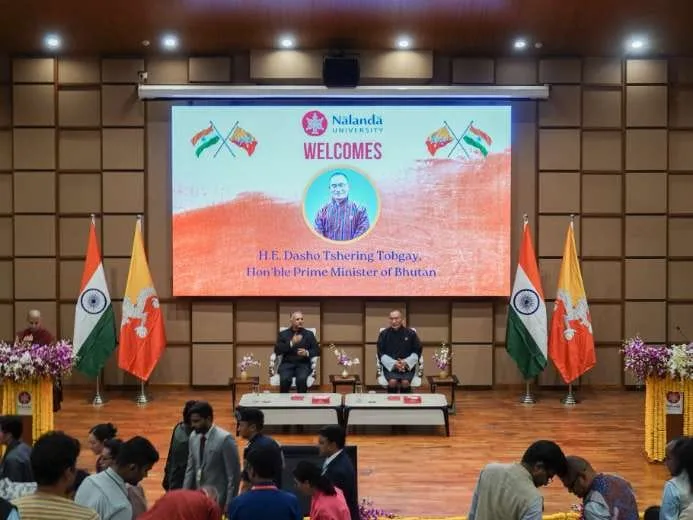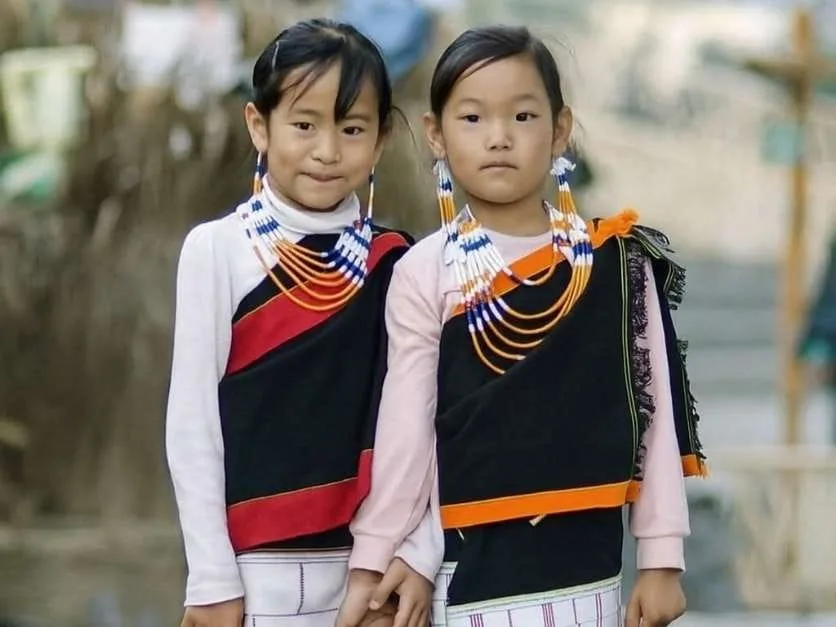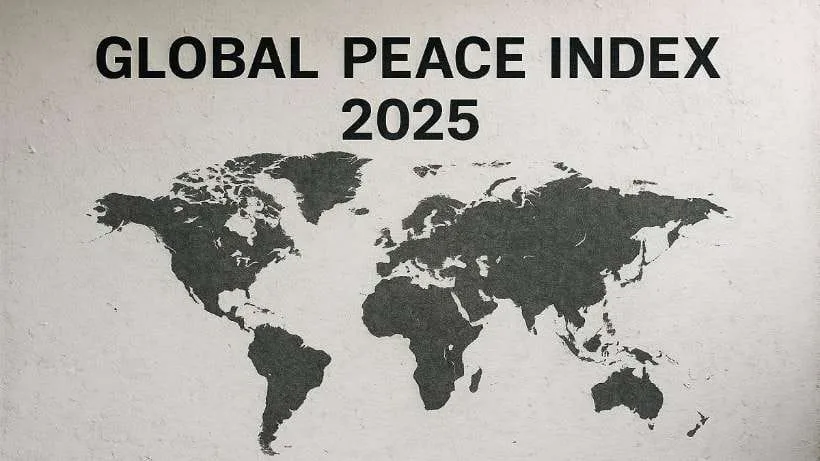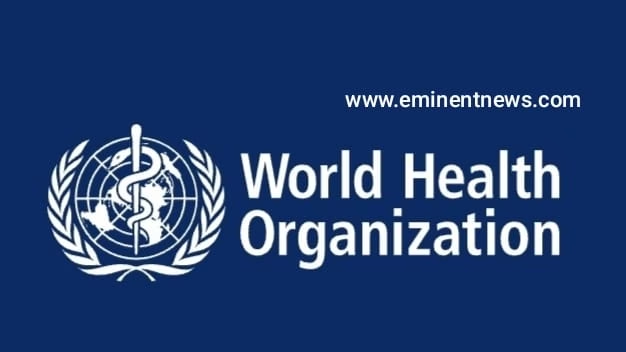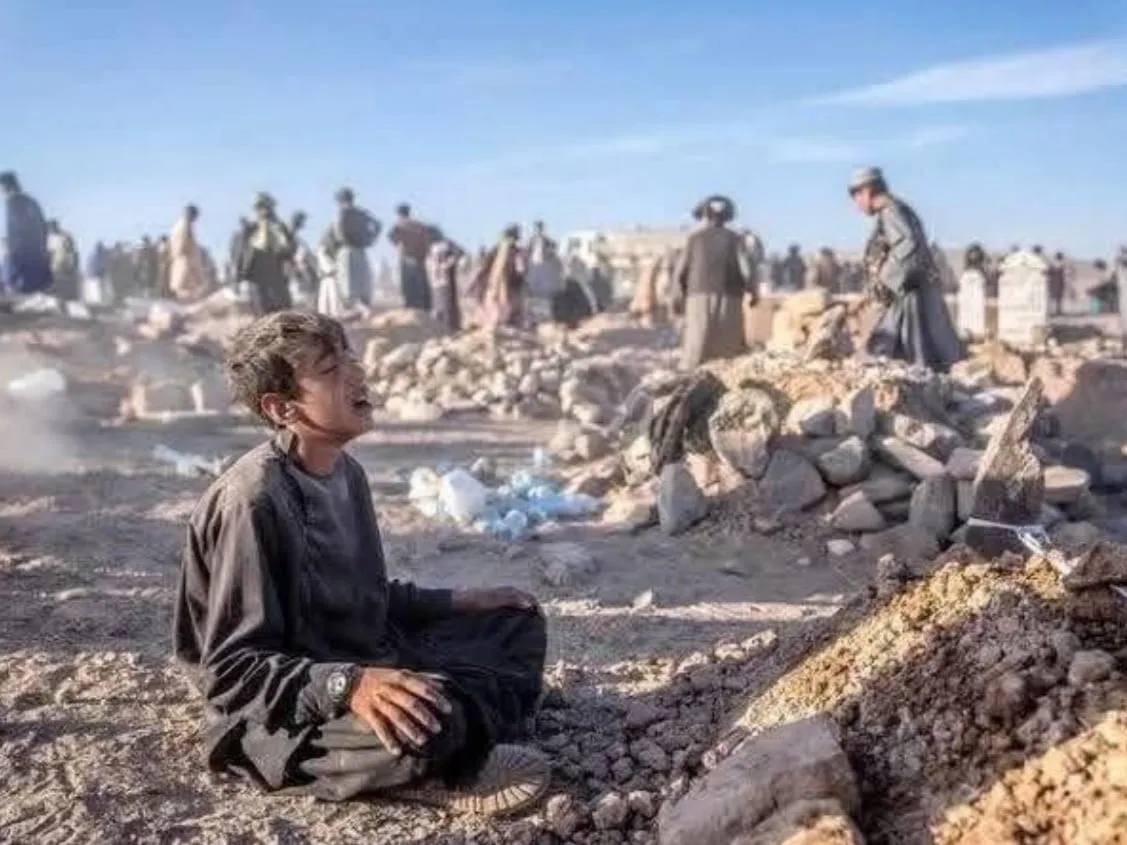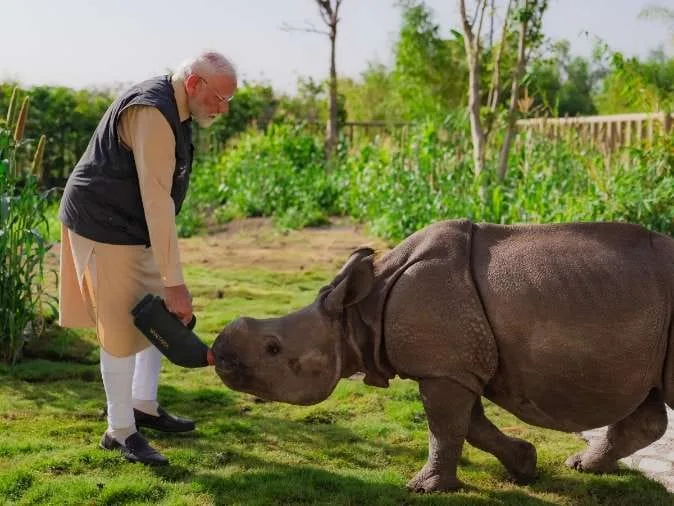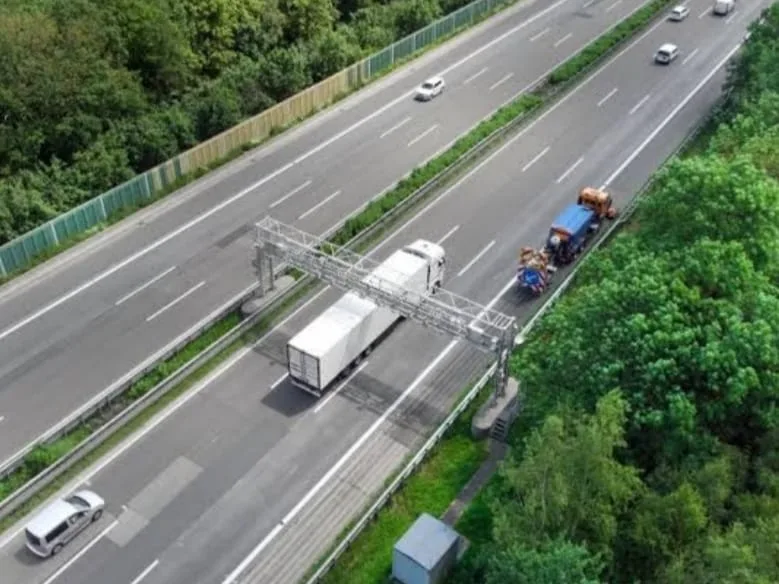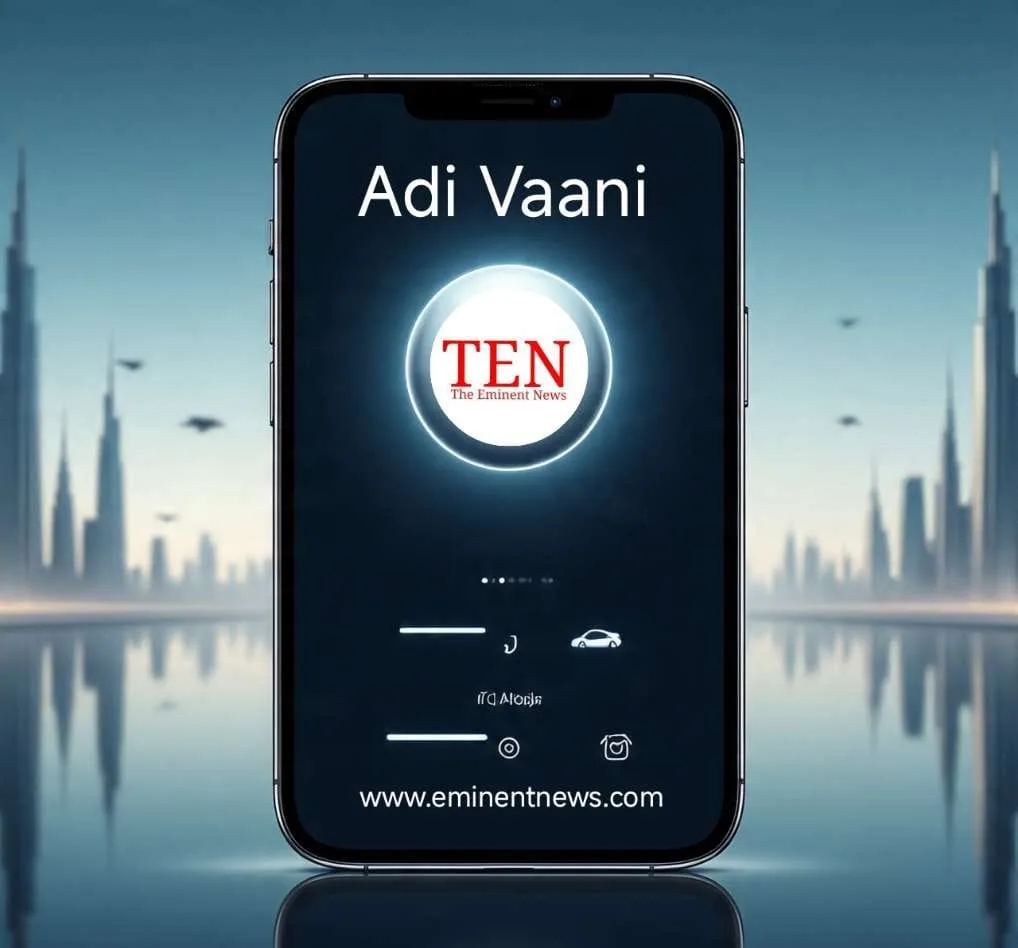Transgender and gender-diverse individuals globally encounter significant discrimination and violence . They face numerous challenges concerning legal recognition, healthcare access, and social acceptance .
Key Issues and Challenges:
- Discrimination and Violence: Transgender people experience high rates of discrimination, harassment, and violence . This includes physical and sexual assault, particularly impacting trans people of color .
- Legal Recognition: Many countries lack adequate legal frameworks for recognizing a person’s gender identity . The United Nations has affirmed the right of transgender people to legal recognition of their gender identity and to change their gender on official documents .
- Healthcare Access: Transgender individuals often face barriers to accessing appropriate healthcare, including gender-affirming care . Some healthcare providers deny services based on gender identity .
- Social Stigma: Transgender people experience significant social stigma, leading to isolation and mental health challenges . Stigma can affect access to services and overall well-being .
- Lack of Legal Protection: In many places, transgender people are not protected from discrimination in employment, housing, and public accommodations .
- Poverty: High rates of poverty affect the transgender community, especially transgender people of color .
- Political and Policy Issues:
- Some countries are enacting laws that restrict the rights of transgender people, including access to gender-affirming care and participation in sports .
- There are debates around bathroom access and the use of public facilities .
- Specific Examples:
- In the UK, there have been debates and policy changes regarding transgender individuals’ participation in sports and access to single-sex spaces .
- Some countries are considering or have implemented policies that limit legal recognition of transgender identities .
- Positive Developments:
- Increased visibility and awareness of transgender issues in media and society .
- Growing support for transgender rights in some regions .
- Efforts to promote inclusive policies and combat discrimination . Responses to the issues:
- Legal Challenges: Some restrictive laws are facing legal challenges .
- Advocacy: Organizations are working to advance transgender rights and protections .
- Policy Changes: Some states and countries are enacting more inclusive laws and policies . In summary, transgender people face significant challenges globally, including discrimination, violence, and lack of legal protections. These issues are being addressed through advocacy, legal challenges, and policy changes, but significant disparities remain .
legal recognition laws vary across countries :
Legal recognition of transgender identity varies significantly across countries, reflecting differing legal and social attitudes . Some countries have progressive laws based on self-determination, while others maintain restrictive requirements .
Key variations in legal recognition laws:
- Self-Determination vs. Medical or State Control:
- Some countries, like Argentina (for adults), Belgium, Denmark, Finland, and others, have adopted self-determination models. These allow individuals to change their legal gender based on their declared identity .
- Other countries require medical or psychological evaluations, hormone therapy, or surgery as preconditions for legal gender recognition . Some may also require sterilization .
- In some instances, state approval is necessary, involving administrative or judicial processes .
- Third Gender Options: A number of countries now legally recognize non-binary or third gender identities . This can include an “X” marker on identity documents .
- Restrictions and Reversals:
- Some countries have reversed or restricted gender recognition laws, imposing stringent medical requirements or denying access .
- For example, Argentina restricted access to legal gender recognition for minors .
- Age Restrictions: Some countries set minimum age requirements for legal gender recognition .
- Specific Country Examples:
- Argentina: Previously a leader in self-determination, it has recently restricted access for minors .
- Europe: Many European countries are moving towards self-determination models, including Belgium, Denmark, Finland, Germany, Spain and Sweden .
- Costa Rica: Has eliminated gender markers from national identity cards for adults .
- Asia: The Asia Pacific Transgender Network has reviewed legal gender recognition in countries like Bangladesh, China, India, Indonesia, Malaysia, Nepal, Pakistan, Philippines, and Thailand, revealing significant disparities .
- Sweden: Was the first country to allow gender marker changes in 1972 but initially had restrictive requirements. It has since removed requirements like sterilization .
- International Standards: International human rights bodies advocate for quick, accessible, and transparent procedures for legal gender recognition based on self-determination . Impact of Legal Recognition:
- Legal gender recognition is crucial for accessing healthcare, employment, and other essential services without discrimination .
- It affects the ability to marry, obtain official documents, and participate fully in society .
- Denial of legal recognition can lead to social exclusion, stigma, discrimination, and violence . In summary, legal recognition laws vary widely, ranging from progressive self-determination models to restrictive systems requiring medical intervention or state approval. These variations significantly impact the lives and rights of transgender individuals worldwide .



